
AI generated
The importance of Chess Visualisation skills
Reminders abound for the importance of chess visualisation skillsHi all
Chess Visualisation skills are arguably a core skill. Without clear visualization, you can't be good at tactics and combinations. It is something I kind of took for granted for quite a long time. I remember traveling to the Halifax congress when I was a junior with Francies Rayner and we had a bit of a blindfold game on the way - he seemed impressed with my blindfold abilities.
But I also remember liking to replay classic game finishes such as certain Fischer combinations blindfold just for fun. In fact in the last round of the Halifax Under 160 at the time I kind of recreated a FIscher-like combination with Nxf2 and my opponent's position disintegrated. So I got a nice prize from that event too - 500 quid at the time.
Fischer's classic Nxf2 combination is also worthwhile remembering for visualisation practice:
If you have good visualisation skills then you are also able to read chess books more easily without having to recreate with a chess set. Or you can also calculate variations in OTB chess when not even looking at the board. Visualisation skills are a really core skill with many benefits indeed for improving one's chess generally.
Being a bad loser or overexcited winner can have a visualisation training upside
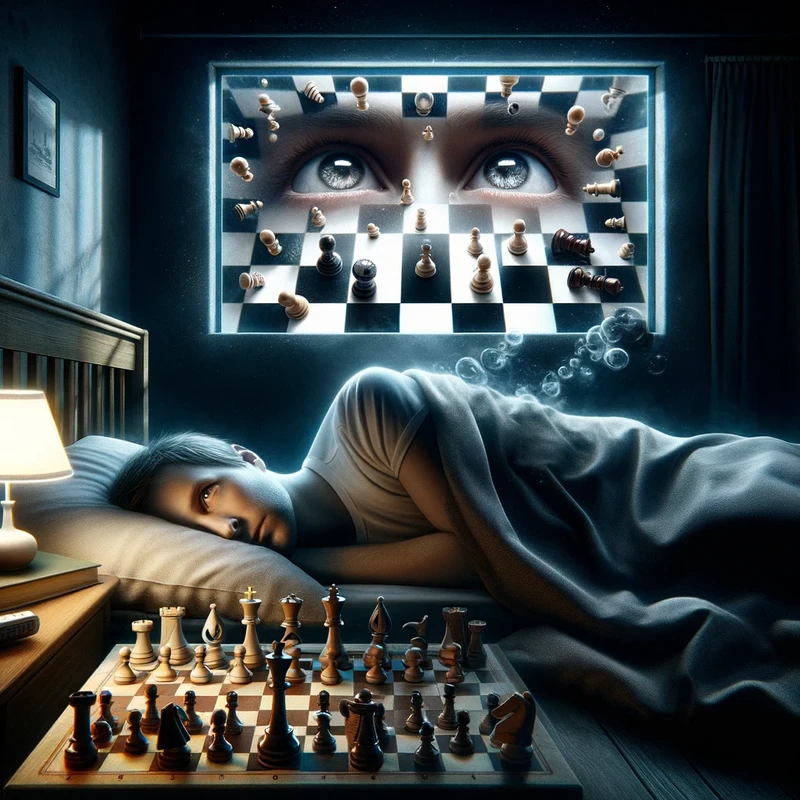
I think also being a bad loser in Over the board chess or an overexcited winner means that you can spend the night thinking about chess positions instead of sleeping. Undoubtedly this improves visualisation skills but is not ideal if you have to go to work the next day. So what are the ideal ways of training visualisation skills? To stop this particular aspect of training, I find it best to do a post-mortem analysis of a lost game to try and turn it into a scientific experiment rather than a sporting event gone wrong - in case you don't want to have visualization training and do want to sleep more.
Anyway, I have been meaning to share some of my findings and insights from creating a popular course on Visualisation a few months back. Certain reminders occurred in my current activities and reddit recently to prompt doing this blog post without further delay.
Reminder 1 - GM Colovic on Reddit emphasizes Clarity of Perception

Colovic has done an AMA on reddit: https://www.reddit.com/r/chess/comments/1b81pab/hi_im_gm_alex_colovic_an_award_winning_chessable/
And he indicates:
"It's the same for everybody, amateur to World Champion: it's always about the clarity of perception. The more clearly you see and understand what's going on on the board, the better decision you will make.
Usually the fastest way to improve this clarity is by training visualisation and calculation. I did that by solving studies blindfold, but any training would do."
My personal method is certainly NOT studies as I find them too hard. I think everyone has to find a way to fit their current level of skill. For me personally a form of checkmate puzzle training is effective. And actually BEING GIVEN THE SOLUTION - just try and work out the last checkmate move ONLY. I will talk more about this later.
Reminder 2 - Alekhine blindfold Simul games

There are some pretty amazing Alekhine blindfold simultaneous games to check out on Chessgames.com - some feature amazing combinations at the end.
Can you visualise the mate in 4 here? Let me start you off - only try and visualise the final checkmate move. Tne idea is not just basic puzzle solving. Here goes (and note my extended LONG notation): -
Visualise this:
Rook from e1 to e8+
Knight from g6 to f8
Knight from f5 to h6+
Queen from f6 takes knight on h6.
Rook on e8 takes f8 with check.
King on g8 takes rook on f8.
NOW can you visualise the final checkmate move?
So you can repeat visualise this sequence blindfold and try and get all the start squares correct as well as end squares. This is a good interesting classic position to try and MEMORISE so you can practice visualisation anywhere. Having lots of nice checkmate puzzles in memory means you can practice with style.
Anyway in the actual game - not Alekhine's version apparently gxf6 was played - so he didn't actually do that it in the blindfold simul :) Alekhine is a bit naughty sometimes in recreating brilliant finishes to make use feel even worse about our own lack of visualisation skills.
In general though, it is amazing that the old masters like Lasker and Alekhine could do blindfold simultaneous displays. At some point I thought these might be bad for the brain or something with too much stress - but I am not sure there is too much truth to this - at least no concrete medical evidence it seems. So maybe limited forms of blindfold training can be useful for improving visualisation skills.
So what are the tips and ideas I came across for training visualisation?
Tip 1: Isolate the training on the muscle of visualisation
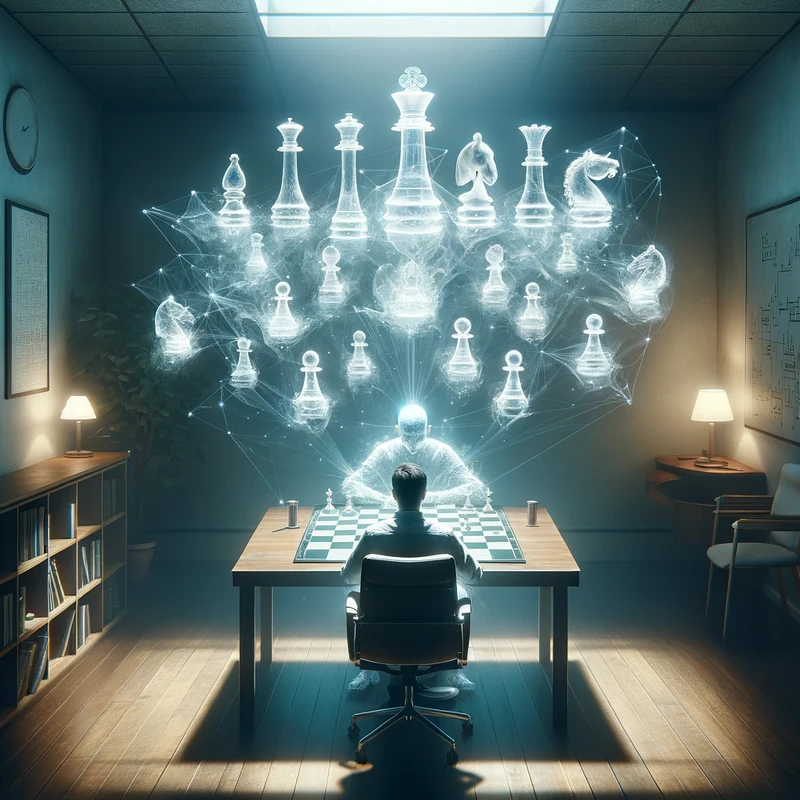
In my course on visualisation, I felt that the "muscle" of visualisation skills could be treated independently of trying to work out most moves of a certain puzzle. In fact, I felt that checkmate puzzles were the most fun - so why not gear the course to visualise the initial moves of a checkmate puzzle, and only ask the student to find the last checkmate move - as a check that their visualisation was okay. Working out moves is a different core skill. If we want to train visualisation, then we should be visualising and treating that seriously - not working out creative brilliant moves.
I think that some advanced books on visualisation expect also to work out the moves of sophisticated puzzles all blindfolded - but this increase the scope of the training task at hand. For mere mortals, we can actually be given most of the solution - and I think for checkmate puzzles, only try and visualise and work out the final checkmate move.
Know the chessboard inside out
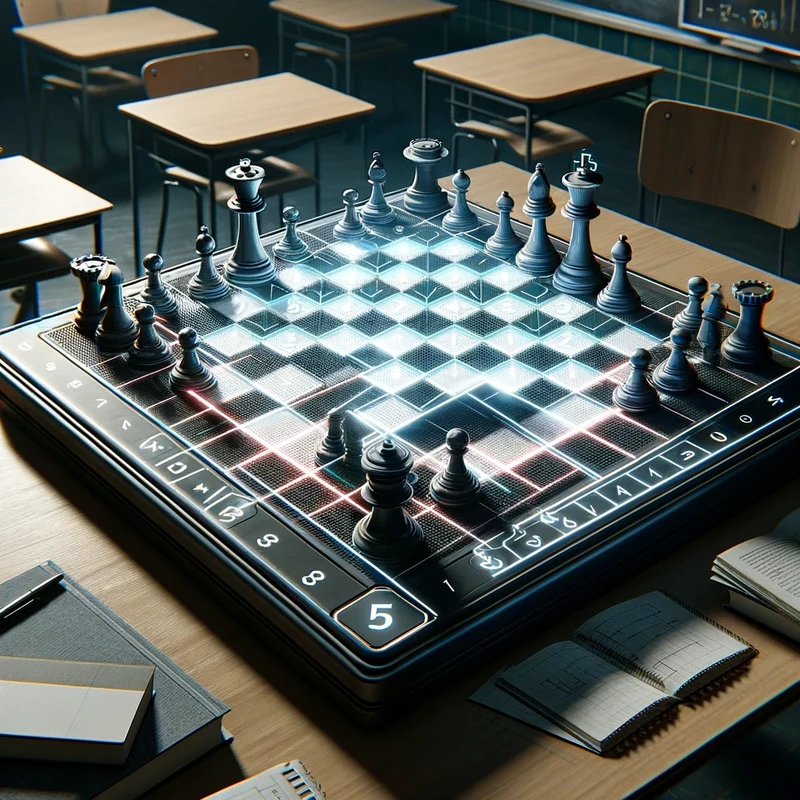
Train to not only know the coordinates of the chessboard but also the square colours inside out.
Lichess has a visualization trainer here:
https://lichess.org/training/coordinate
But you may want to also do some colour training - you might like to try this:
https://www.chessworld.net/chessclubs/visualize/index.html
To really help knowing the colors of squares, I found that if you visualise your light square bishop on g2, you can move that around your mental chess board, so you realise that for example c6 is a light square. a8 is a light square. Do the same for the dark square bishop on c1. Move it around on your mental chess board for practice. This is something you can do anywhere to try and reinforce the color of squares.
Have a series of ways of visualising Checkmate puzzles
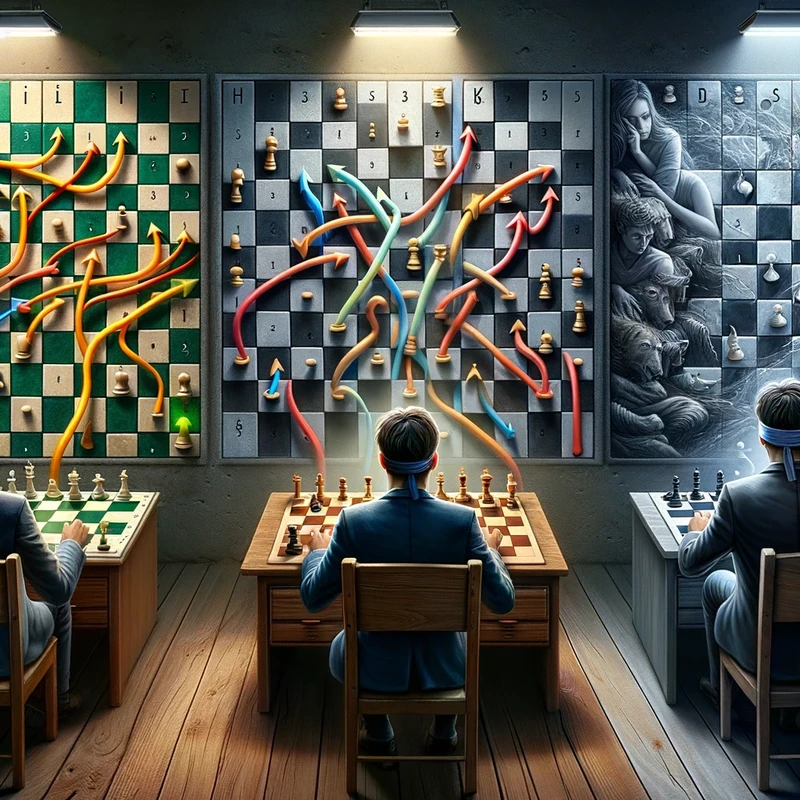
Easy mode: Arrow training: Go to a checkmate position and just follow the arrows until the final checkmate. This tries to get you to visualise without working out any moves. So you have the solution but just follow it with one arrow at a time, without actually moving the pieces at all.
Harder mode: Vocalise without arrow assistance a checkmate solution. So just look at that checkmate in 4 say, and just vocalise the whole sequence of moves.
Hardest mode: Put hands over eyes, and recall the puzzle solution - and include the checkmate at the end. Use LONG notation to force yourself to remember the start and end squares.
Why LONG notation?

LONG notation will force you to make sure you knew where the start squares were of the pieces you moved. Also ideally add other details like what pieces were being taken e.g. instead of saying :
Bc5
actually to train harder, you should know it was Bishop on e3 takes a pawn on c5
The long notation ideally that you speak out should be recorded - so you can compare to what the actual board was. I noticed this makes the exercise of visualisation training a whole lot harder. Just being strict on your long notation and details of captures.
Try and remember the start puzzle positions for training anywhere
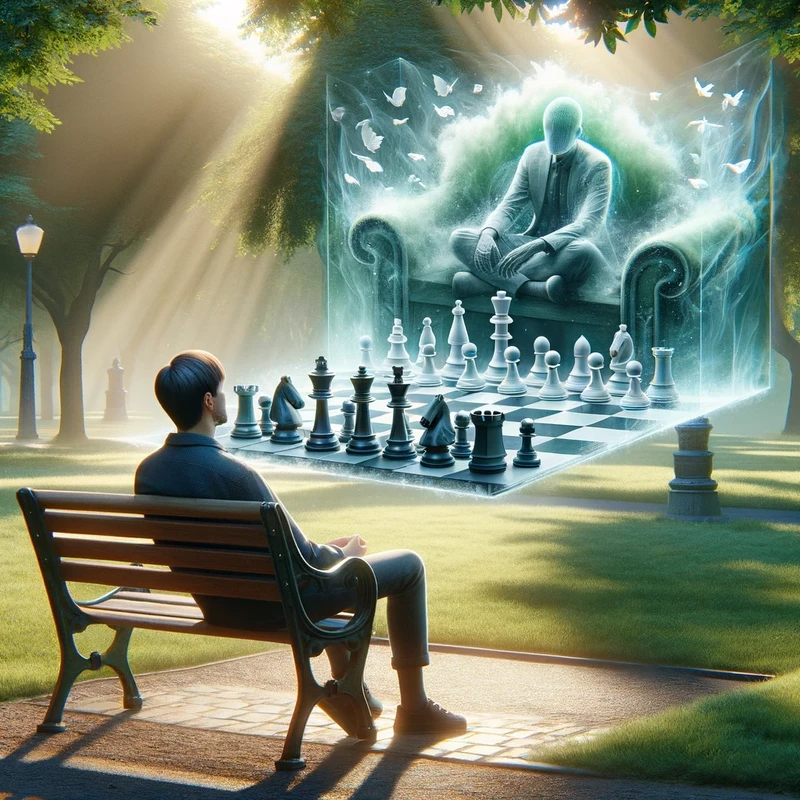
One of my favourites to remember is this Boris Spassky position:
It starts with Qf3. You may want to try out the exercises mentioned above. I will literally give you the puzzle solution except for the final checkmate move here:
Visualise: Black Queen from f6 to f3
Visualise g2 pawn taking the Queen on f3
Visualise the Knight on e5 taking the pawn on f3 and giving check
Visualise the King going from g1 to h1
Visualise the Bishop going from d7 to h3
(anything) and visualise the bishop going from h3 to g2 for checkmate
Bonus: Note that Queen can go from c2 and take on g6 which is a delay check.
I find super-cute positions like these good for remembering and practicing visualisation anywhere, and anytime when you aren't doing anything too critical like driving a car. Don't feel bad about being given the solution or knowing the solution and just replaying it. It is just to train the visualisation core skill - in isolation.
Want to go further? Explore all my online chess courses at https://www.chessworld.net/online-chess-courses.asp – learn openings, tactics, strategy, and more.
Enjoyed this post? Your likes and follows are immensely appreciated!
Cheers, K
You may also like
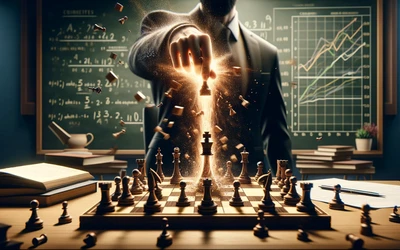 CM Kingscrusher-YouTube
CM Kingscrusher-YouTubeSupercharge Your Chess Tactics by Punishing Mistakes
Mistakes are what makes chess fun especially at lower levels. We need to be really good at punishing… GM NoelStuder
GM NoelStuderHow To Overcome Chess Anxiety
Imagine facing a saber-tooth tiger that hasn't eaten in days. Your body goes into fight-or-flight mo… NM RyanVelez
NM RyanVelezI want to improve, but I'm busy !!!
This article is for people who want to improve but are busy, and for anyone who wants to know how to… GM NoelStuder
GM NoelStuderFind A Plan In Any Position
Have you ever looked at a position and thought: “I have no idea what to do”? GM Avetik_ChessMood
GM Avetik_ChessMoodWhat are the Best Chess Openings?
Which openings should I play?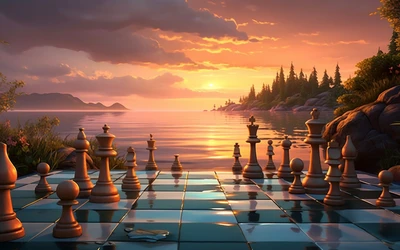 CM Kingscrusher-YouTube
CM Kingscrusher-YouTube